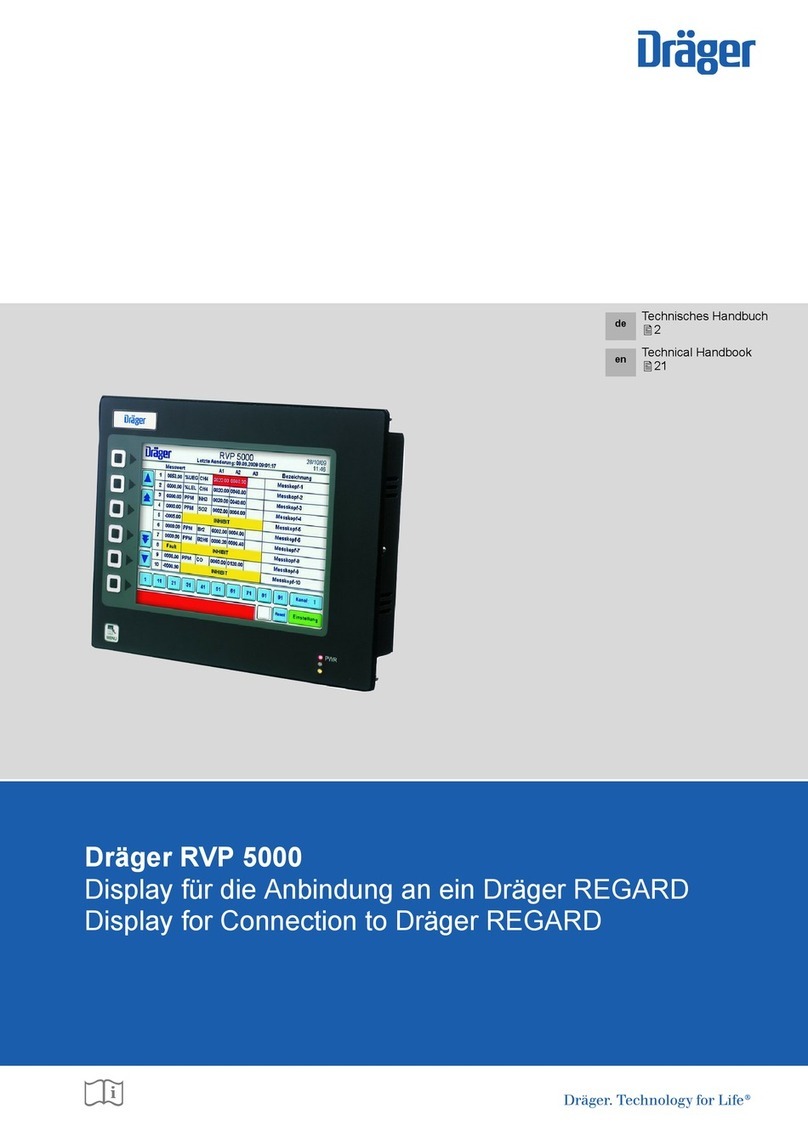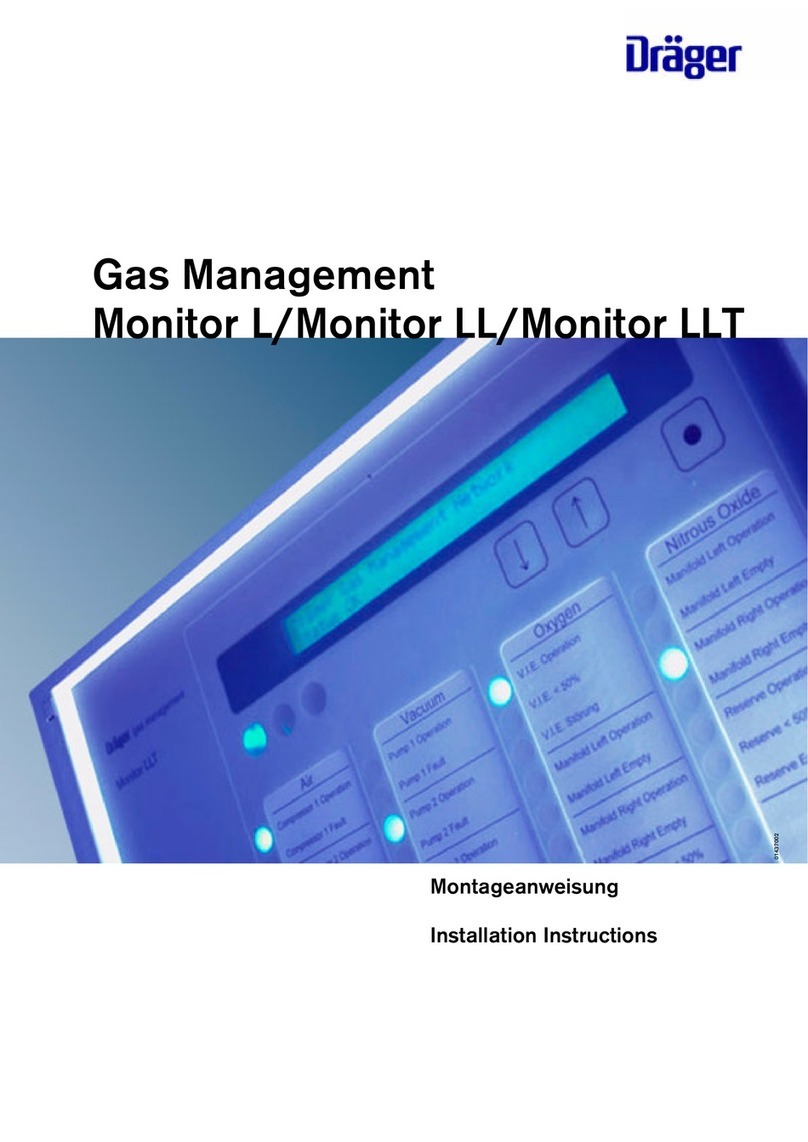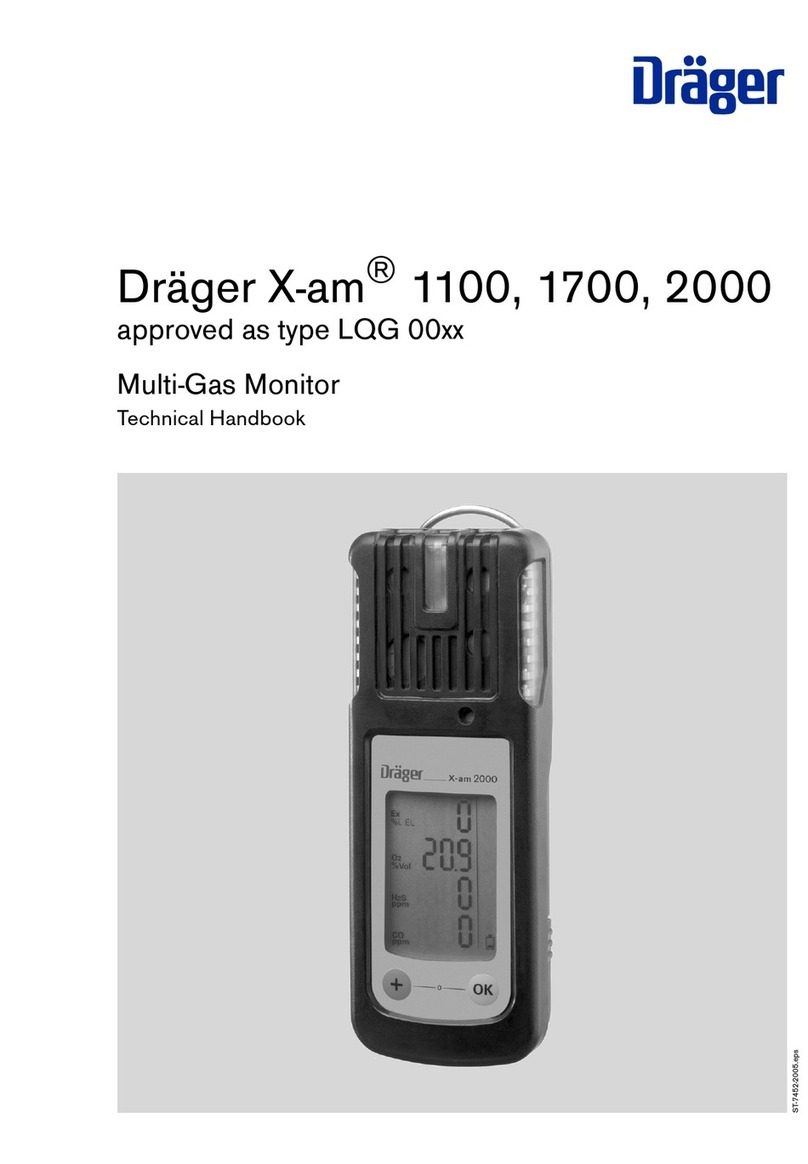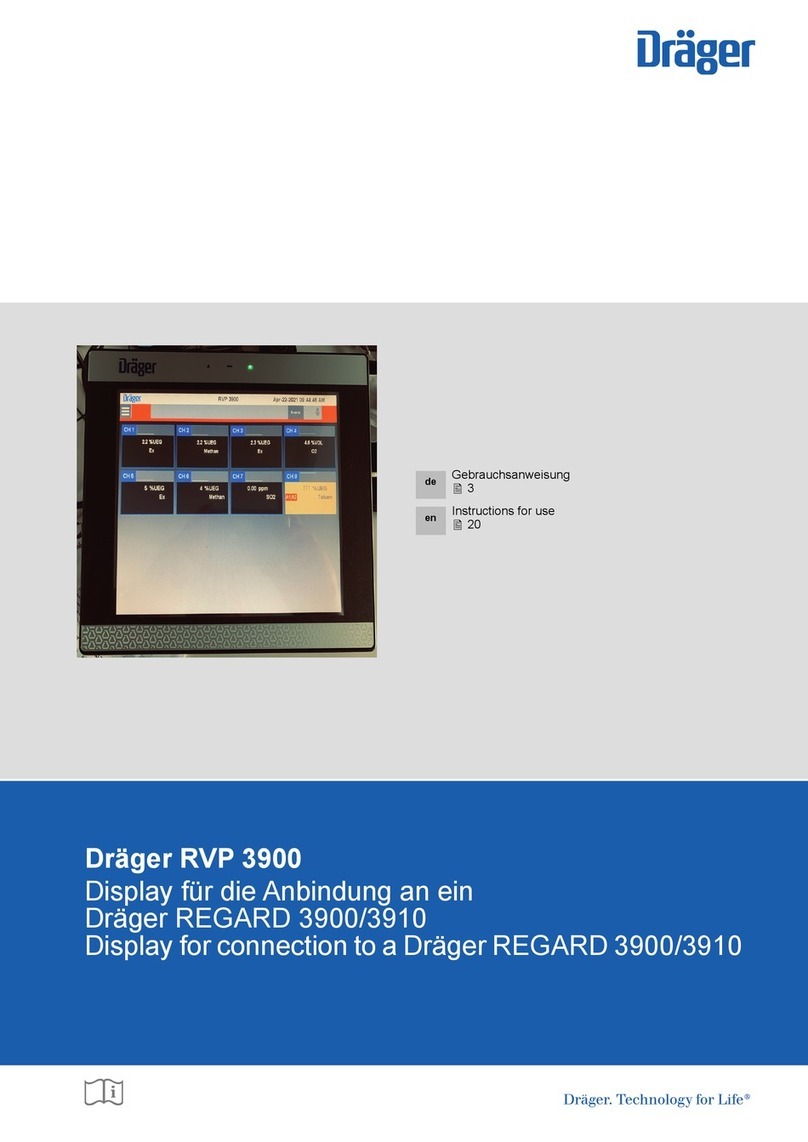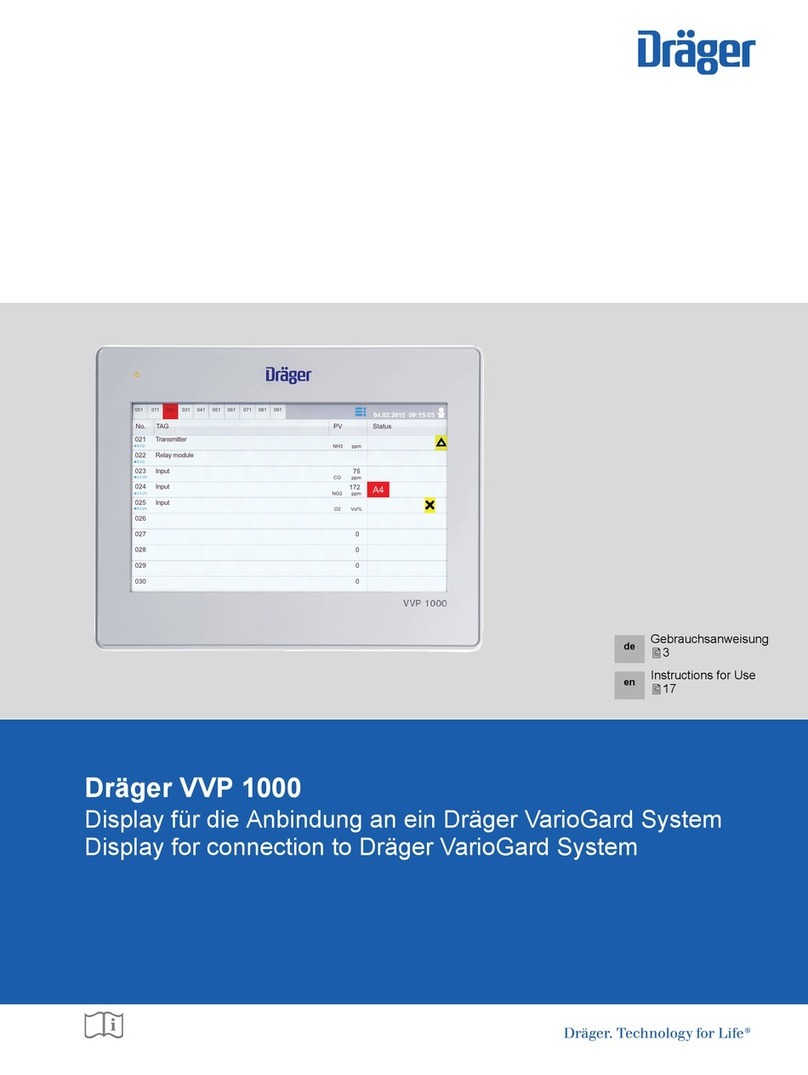
Supplement – Infinity® M300 – VG2.4 3
Contents
Contents
Contents . . . . . . . . . . . . . . . . . . . . . . . . . . . . . 3
Information about this document . . . . . . . . . 5
Typographical conventions . . . . . . . . . . . . . . . . 5
Infinity M300 VG2.4. . . . . . . . . . . . . . . . . . . . . 7
Infinity M300 Device description. . . . . . . . . . . . 7
Indications for use/Intended use . . . . . . . . . 9
Contraindication . . . . . . . . . . . . . . . . . . . . . . . .9
For your safety and that of your patients. . . 10
Mandatory reporting of adverse events . . . . . . 10
General safety information . . . . . . . . . . . . . . . . 10
Environment of Use . . . . . . . . . . . . . . . . . . . . . 11
Patient Population . . . . . . . . . . . . . . . . . . . . . . 12
Open-source software . . . . . . . . . . . . . . . . . . . 12
Network security information and
recommendations. . . . . . . . . . . . . . . . . . . . . . . 12
Device symbols . . . . . . . . . . . . . . . . . . . . . . . . 16
Infinity M300 Features for VG2.4. . . . . . . . . . 17
QRS Threshold. . . . . . . . . . . . . . . . . . . . . . . . . 17
M300 Arrhythmia processing . . . . . . . . . . . . . . 19
ECG signal processing and display . . . . . . . . . 20
Patient preparation for ECG monitoring . . . . . . 20
ECG precautions . . . . . . . . . . . . . . . . . . . . . . . 21
ICS Telemetry defaults screen . . . . . . . . . . . . . 22
M300 Demographic screens. . . . . . . . . . . . . . . 23
Alarm settings. . . . . . . . . . . . . . . . . . . . . . . . . . 24
Technical specifications . . . . . . . . . . . . . . . . . . 25
M300 Performance data . . . . . . . . . . . . . . . . . . 29
M300 accessories overview. . . . . . . . . . . . . . 30
Pulse Oximetry (SpO2) monitoring with
Masimo (for M300) . . . . . . . . . . . . . . . . . . . . . . 30
Electromagnetic compatibility (EMC) . . . . . . 33
EMC third edition . . . . . . . . . . . . . . . . . . . . . . . 33
EMC fourth edition . . . . . . . . . . . . . . . . . . . . . . 38
Additional information . . . . . . . . . . . . . . . . . 41
ECG, arrhythmia, and ST segment monitoring
with M300 . . . . . . . . . . . . . . . . . . . . . . . . . . . . 41
Known issues . . . . . . . . . . . . . . . . . . . . . . . . . 44
Reprocessing. . . . . . . . . . . . . . . . . . . . . . . . . 45
Safety Information . . . . . . . . . . . . . . . . . . . . . . 45
Information on reprocessing . . . . . . . . . . . . . . 45
Classification for reprocessing . . . . . . . . . . . . 46
Before reprocessing . . . . . . . . . . . . . . . . . . . . 47
Validated reprocessing procedures . . . . . . . . . 48
Cleaning . . . . . . . . . . . . . . . . . . . . . . . . . . . . . 49
Surface disinfection . . . . . . . . . . . . . . . . . . . . . 50
Other agents and reprocessing procedures . . 51
Reprocessing of patient-specific accessories . 52
Cleaning . . . . . . . . . . . . . . . . . . . . . . . . . . . . . 53
Surface disinfection . . . . . . . . . . . . . . . . . . . . . 54
Other agents and reprocessing procedures . . 55
After reprocessing . . . . . . . . . . . . . . . . . . . . . . 56

